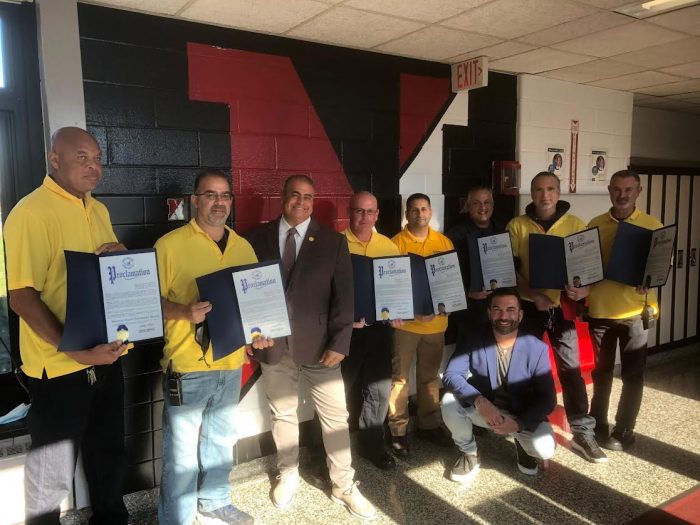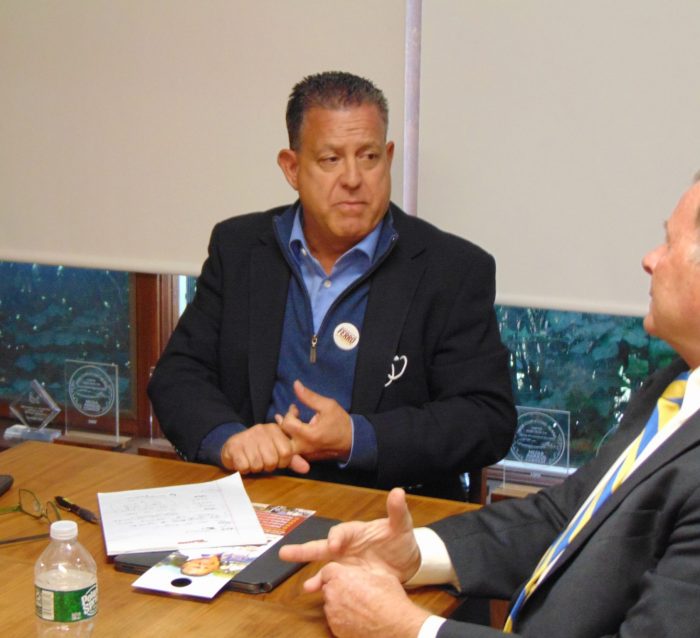The Huntington Town Board held its December 14, 2021 meeting, where they allocated $22 million in American Rescue Plan Act funding for the Huntington Station Hub Sewer Infrastructure Project, opted out of the State Cannabis Law, and approved proposed amendments to the Matinecock Court Housing Development.
Supervisor Chad A. Lupinacci and the Town Board approved an intermunicipal agreement with the County of Suffolk to transfer the Town’s $22,209,010 in American Rescue Plan Act Funds to the County of Suffolk for the construction of the Huntington Station Hub Sewer Infrastructure Project, spanning the New York Avenue/Route 110 Corridor from the Huntington LIRR Train Station to 14th Street with additional adjacent parcels to the east and west.
The Town opted out of allowing cannabis retail dispensaries and on-site consumption sites within the Town of Huntington, outside of the Incorporated Villages, as authorized under New York State Cannabis Law Article 4. The board also voted to prohibit the consumption of cannabis on Town property, including parks and beaches, and on streets and sidewalks outside of the Incorporated Villages.
The board approved the developer’s proposed amendments the court-ordered settlement agreement with Matinecock Court Housing Development Fund Corporation and Matinecock Court LLC for the proposed development for low-income housing at the corner of Pulaski Road and Elwood Road in East Northport. The amendments, subject to approval by United States District Court in the Eastern District of New York, decreases the total number of units from 155 to 146, changes the 50/50 rental/equity split to 100% limited equity cooperative, and requires payments in lieu of taxes.
In other action, the Town Board:
- Scheduled two regular Town Board meetings for Tuesday, January 4, 2022 at 2:00 PM and Tuesday, January 11, 2022 at 2:00 PM.
- Approved up to $125,000 in Environmental Open Space and Park Improvement funds for recommended neighborhood enhancements to install sidewalks, curbs, an ADA-compliant pedestrian ramp and trees along the south side of Madison Street to create safe community access to Heckscher Park.
- The board amended the Town’s Affordable Housing Code (Chapter 74) to establish alternative formulas, created with the support of the Huntington Housing Coalition, for the calculation of affordable rents on smaller projects in commercial zones due to higher construction costs.
























